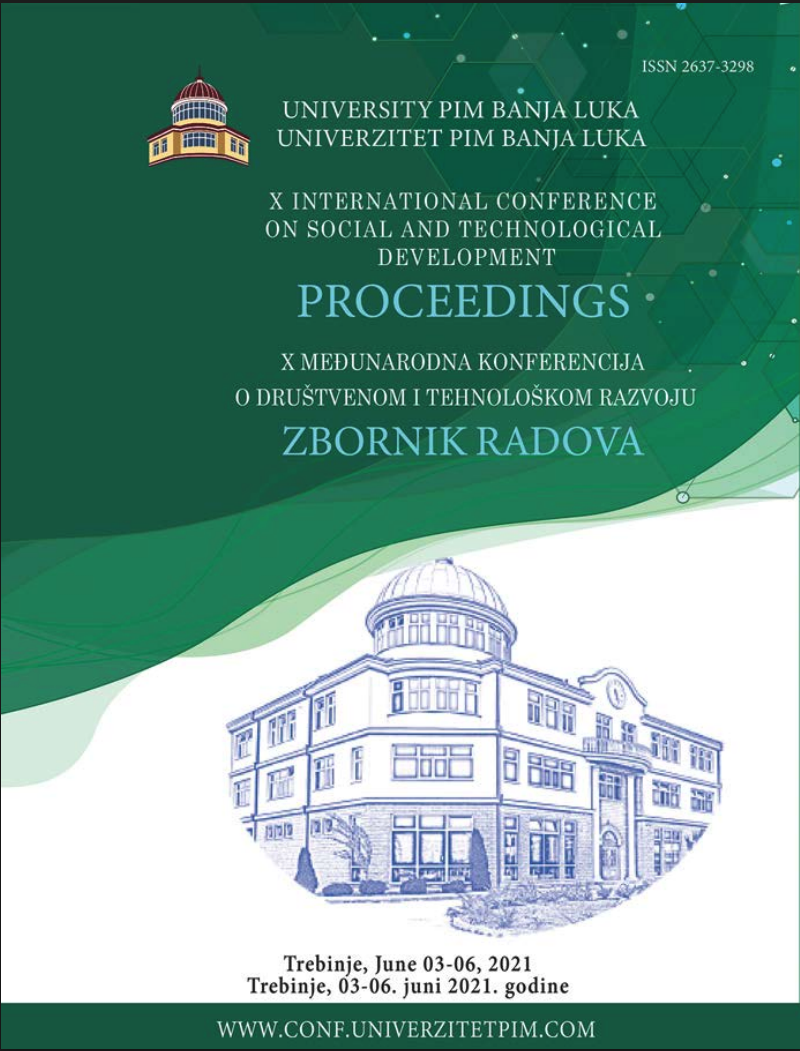
This is an open access article distributed under the Creative Commons Attribution License which permits unrestricted use, distribution, and reproduction in any medium, provided the original work is properly cited.
Academy of Vocational Studies Šabac , Šabac , Serbia
While relying on all their senses, mental abilities and driven by curiosity, preschool children are constantly exploring and discovering the world around them. The stimuli from the environment to which they react and how they perceive them impact children's thinking and personality development. A child's cognitive potential is exceptional, so it is necessary to encourage, direct and nurture their intellectual development and creativity. Primary mathematics education provides many opportunities in this regard, so it should focus on developing creative and functional thinking - creating new knowledge, overcoming traditional, fixed learning methods, and cultivating the flexibility of solving problem situations and logical tasks. One of the characteristics of creative thinking is divergent thinking, which Guilford defined as an act of searching for diversity in solving problems without a single fixed solution or thinking in different directions. Open-ended tasks are crucial for developing divergent thinking, and therefore for the development of mathematical creativity. For educational practice, it is relevant to consider the ways to develop divergent thinking in preschoolers through activities in mathematics. Using open-ended tasks, developing combinatorial ideas that are interesting and inspiring to children, using graphs to solve open-ended tasks are possibilities to achieve this. In this paper, we provide an overview of tasks and problem situations that can assist educators to improve their practice
The statements, opinions and data contained in the journal are solely those of the individual authors and contributors and not of the publisher and the editor(s). We stay neutral with regard to jurisdictional claims in published maps and institutional affiliations.